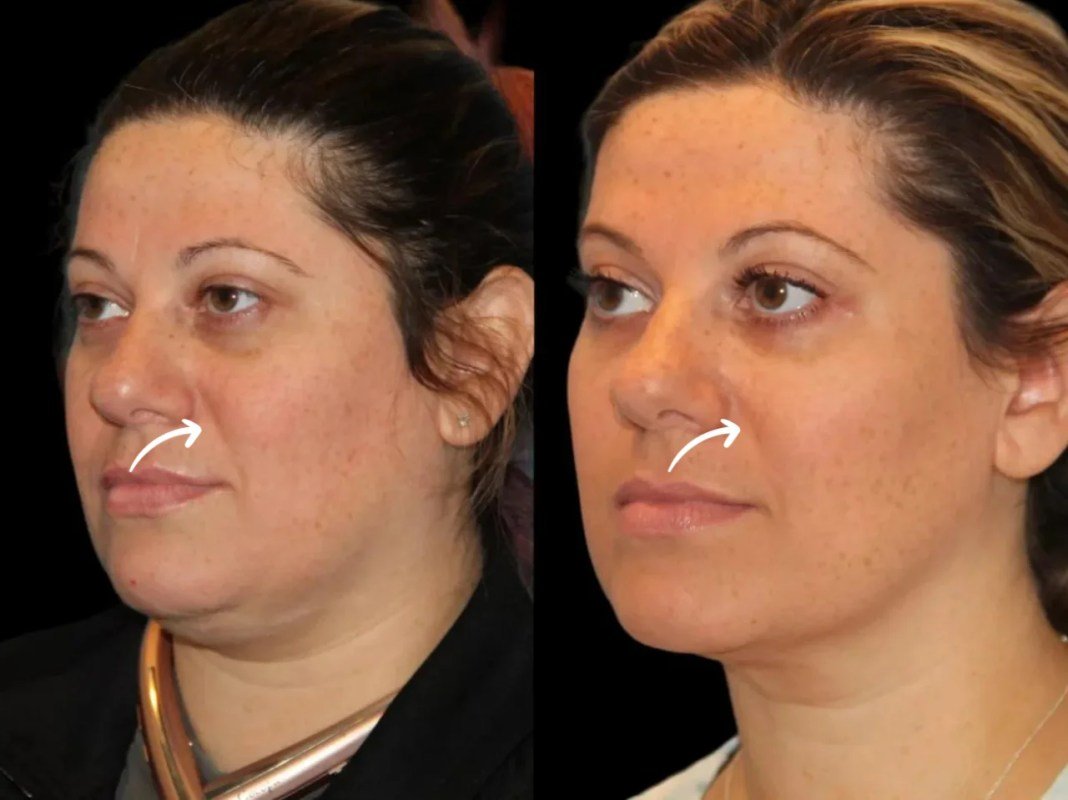Excessive vehicle speed remains one of the leading contributors to fatal and serious-injury road accidents globally. It significantly reduces the driver’s ability to react to hazards, increases stopping distances, and drastically amplifies the severity of any resulting collision. For decades, law enforcement has relied on manual radar and physical presence to manage speed, methods that are resource-intensive and limited in scope. However, the advancement of sensor and computing technologies has ushered in a new era of automated road safety: the speed enforcement camera system. This sophisticated technology provides continuous, unbiased, and highly accurate monitoring, fundamentally transforming how speed limits are enforced and how road safety is managed on a systemic level.
The Mechanism of Automated Speed Detection
A modern speed enforcement camera system is a highly integrated technological solution that combines precision measurement with image capture and data processing. It is designed to operate reliably in all weather conditions, day and night, ensuring consistent enforcement. The typical process involves several key components and steps:
-
Speed Measurement Technology: The system first measures the speed of an approaching vehicle. The most common and accurate methods include:
-
Radar (Doppler Effect): A fixed radar beam measures the change in frequency (Doppler shift) of the signal reflected off the moving vehicle to calculate its instantaneous speed.
-
Piezoelectric Sensors/Inductive Loops: Sensors embedded in the pavement at precise intervals measure the time taken for a vehicle to pass between them, allowing for a precise calculation of its average speed. This method is often preferred for fixed-location cameras due to its high level of accuracy.
-
Laser (LIDAR): Laser pulses measure the time-of-flight to and from the vehicle to calculate its distance and speed over a short period.
-
-
Violation Detection: The system is pre-configured with the specific speed limit for that section of the road and a tolerance threshold. When the measured speed of a vehicle exceeds this threshold, the system triggers the next stage.
-
Image Capture: High-resolution digital cameras are instantly activated to capture evidence of the violation. A flash, often an invisible near-infrared type, ensures the clear capture of the vehicle, the driver, and, most critically, the license plate, regardless of ambient lighting conditions. Two images are typically captured: one showing the vehicle at the moment of measurement and another for license plate recognition.
-
Data Processing and Authentication: The collected data—including the time, date, location, measured speed, posted speed limit, and the evidentiary images—is compiled into a secure violation record. This data is often encrypted and transmitted securely to a central processing center.
-
Review and Issuance: Before a citation is issued, the electronic record is typically reviewed by authorized personnel to verify the license plate and ensure the evidence meets all legal requirements.
System Variations: Fixed vs. Average Speed
Fixed-point speed camera systems target speed compliance at a specific, localized point on the road. While effective in reducing speeds immediately around the camera site, driver behavior often reverts to higher speeds shortly after passing.
Average Speed Enforcement (ASE) systems address this limitation by measuring a vehicle’s speed over a long stretch of road (e.g., several kilometers). LPR (License Plate Recognition) cameras record the vehicle’s license plate and timestamp at an entry point and then again at an exit point. The system calculates the average speed based on the travel time and the known distance. If the average speed exceeds the limit, a violation is recorded. ASE is highly effective because it requires drivers to maintain compliant speeds throughout the monitored zone, drastically reducing overall dangerous driving and promoting smoother traffic flow.
The Impact on Road Safety and Public Health
The primary benefit of the speed enforcement camera system is its proven ability to enhance road safety. Numerous studies have consistently demonstrated that the deployment of speed cameras leads to a significant reduction in collisions, particularly severe and fatal crashes, in the monitored areas. By deterring speeding, these systems reduce the total kinetic energy in the traffic stream, making errors less likely to be fatal.
Beyond direct safety gains, the data collected provides valuable intelligence for traffic engineers. It highlights chronic speeding locations and patterns, informing decisions on infrastructure improvements, signal timing optimization, and the placement of future safety measures.
The Role of Technology in Compliance
The technological principles that make automated speed enforcement so effective—using non-biased sensors and high-accuracy visual systems to monitor compliance in real-time—are increasingly being adopted in other safety-critical environments. The success of using automated visual oversight to enforce traffic laws is now being mirrored in the industrial sector, where safety is paramount but often difficult to police manually. The next wave of technology focuses on porting this automated compliance monitoring capability into high-risk workplaces. This evolution aligns directly with the necessity for immediate, reliable safety compliance in professional environments, leading to the crucial paradigm shift of Industry Enforcement with Edge AI Vision Keeps Workers Safe, by deploying intelligent cameras directly at industrial sites to ensure continuous adherence to safety protocols and standards.




Leave a Reply